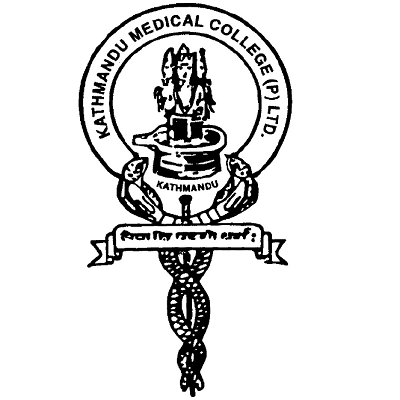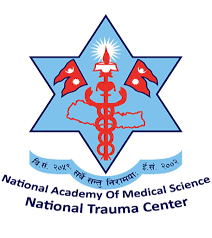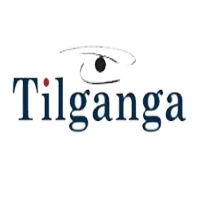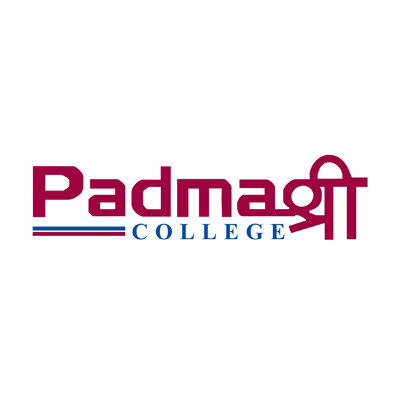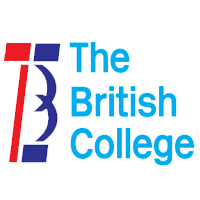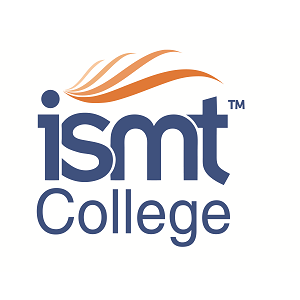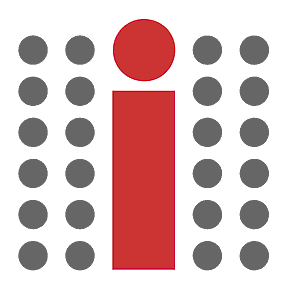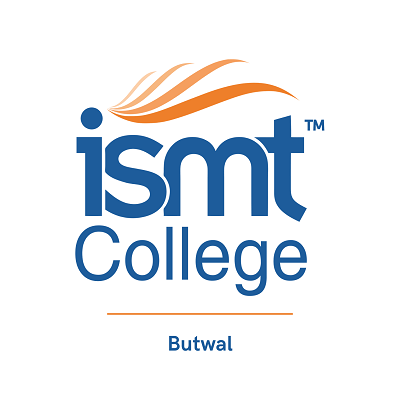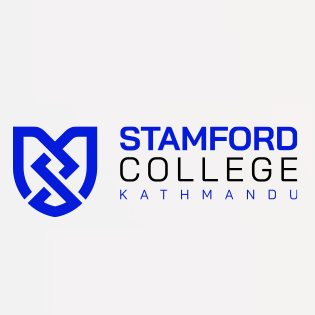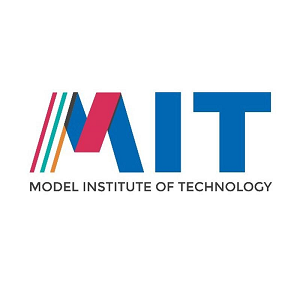Overview
MD Pathology at Nepalese Army Institute of Health Sciences (NAIHS) College of Medicine
MD Pathology at Nepalese Army Institute of Health Sciences (NAIHS) College of Medicine is a three-year postgraduate medical program that prepares you for specialist practice in laboratory medicine, teaching, and research. The course runs under the Institute of Medicine (IOM), Tribhuvan University, and is recognized by the Medical Education Commission and Nepal Medical Council as part of NAIHS postgraduate offerings.
The Department of Pathology is one of the core basic science units of NAIHS College of Medicine, located in the Basic Science Building at Sanobharyang, Kathmandu. It focuses on the scientific study of disease, from causes and mechanisms to structural and functional changes in tissues and organs.
Shree Birendra Hospital, a 635-bed tertiary teaching hospital of the Nepal Army in Chhauni, serves as the main clinical base. It provides a large volume of histopathology, cytopathology, hematology, clinical pathology, molecular pathology, and blood bank services where MD Pathology residents learn through day-to-day diagnostic work.
For many students, this program suits those who prefer analytical work, enjoy microscope-based diagnosis, and want to contribute to patient care through accurate laboratory reporting rather than direct clinical procedures.
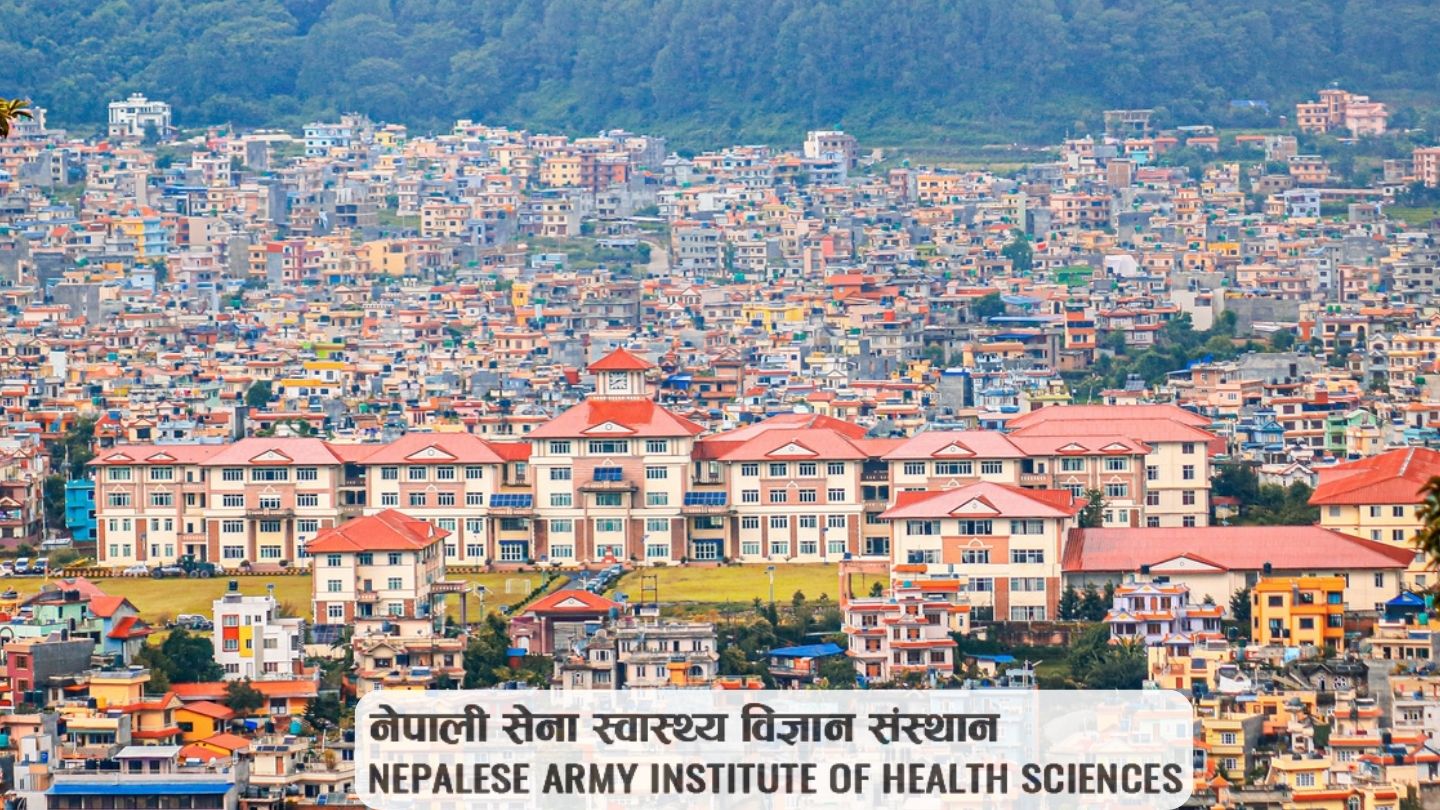
Highlights
-
Duration: 3 years, full-time residential MD program under TU-IOM
-
Affiliation: Institute of Medicine, Tribhuvan University; programs at NAIHS recognized by MEC and NMC
-
Intake: 4 MD Pathology residency seats at NAIHS College of Medicine (current seat matrix)
-
Teaching Hospital: Shree Birendra Hospital, Chhauni – tertiary referral hospital of the Nepal Army
-
Training Areas: Histopathology, cytopathology (including FNAC), hematology, clinical pathology, molecular pathology (PCR), blood bank services
-
Academic Activities: Daily seminars, slide discussions, journal clubs, problem-based learning, inter-departmental clinico-pathological conferences
-
Degree Awarded: MD Pathology (Tribhuvan University – Institute of Medicine)
Curriculum Details
The MD Pathology curriculum at NAIHS follows the TU-IOM syllabus. It links theoretical concepts of disease with practical diagnostic work in the hospital laboratory.
Core Academic Components
-
General pathology
-
Systemic pathology (organ-wise diseases)
-
Hematology and blood disorders
-
Cytopathology and fine needle aspiration cytology
-
Clinical pathology and body fluid analysis
-
Basics of microbiology, serology, and clinical biochemistry (as related to pathology practice)
Residents attend structured theory sessions that cover etiology, pathogenesis, gross and microscopic features, complications, and outcomes of major disease conditions.
Hospital-Based Postings
Residents rotate through the following units across the three years:
-
Histopathology laboratory
-
Cytopathology and FNAC clinic
-
Hematology (laboratory and clinical liaison)
-
Blood bank and transfusion services
-
Short postings in microbiology, serology, and biochemistry
Each posting involves hands-on exposure to sample processing, slide preparation, interpretation, and report preparation under faculty supervision.
Academic Forums
The department runs daily one-hour academic sessions where residents present:
-
Slide seminars and gross specimen discussions
-
Journal clubs
-
Case-based discussions and problem-based learning sessions
-
Special lectures and inter-departmental clinico-pathological-radiological meetings
Residents also assist in undergraduate practical sessions, which helps them grow as future teachers.
Objectives
MD Pathology at NAIHS aims to:
-
Build strong understanding of disease mechanisms as a base for clinical decision-making
-
Prepare residents to practice anatomic and clinical pathology effectively, including in resource-limited or rural laboratories
-
Develop technical skills for safe and accurate laboratory work
-
Support clear communication with clinicians, including interpretation and counselling about test results
-
Encourage involvement in research that helps early detection, improved management, and prevention of disease of medical and social importance
For you as a prospective resident, these objectives translate into structured growth in knowledge, skills, and professional values.
Scope
Pathologists trained at NAIHS work at the interface of clinical medicine and laboratory diagnostics. The scope of MD Pathology includes:
-
Diagnostic services in government and private hospitals
-
Roles in army hospitals and other security-sector health facilities
-
Leadership roles in clinical laboratories and transfusion services
-
Teaching positions in medical colleges, nursing colleges, and health science institutes
-
Research posts in hospital-based, academic, or public health projects
For Nepal, where cancer, infectious disease, and non-communicable diseases all demand accurate diagnosis, MD Pathology graduates contribute directly to quality patient care.
Learning Outcomes
By the end of MD Pathology at NAIHS, students are expected to:
-
Interpret gross and microscopic features of common and important diseases in all major organ systems
-
Report histopathology, cytology, bone marrow, and hematology cases accurately and on time
-
Select appropriate tests, correlate laboratory findings with clinical information, and suggest further investigations if required
-
Maintain laboratory quality, biosafety, and documentation
-
Communicate clearly with clinicians during clinico-pathological meetings and routine referrals
-
Teach basic pathology topics to undergraduate students and mentor juniors
-
Plan and conduct a thesis project and contribute to peer-reviewed publications
These outcomes align with specialist registration requirements set by national regulatory bodies.
Skill Development Modules
Residents at NAIHS develop both technical and non-technical skills through planned activities:
-
Histotechniques: tissue processing, embedding, section cutting, special stains
-
Cytotechniques: smear preparation, cytology slide interpretation, FNAC procedures
-
Hematology techniques: bone marrow aspiration and biopsy, peripheral smear reporting
-
Clinical pathology: urine, CSF, and other body fluid analysis
-
Blood bank skills: cross-matching, component preparation basics, transfusion reactions work-up
-
Presentation and teaching skills through seminars, tutorials, and undergraduate teaching
-
Research skills: study design, data collection, analysis, and manuscript writing
Soft skills such as teamwork, time management, and communication are strengthened through regular conferences and joint academic programs.
Teaching Methodology
Teaching in MD Pathology at NAIHS combines:
-
Didactic lectures based on TU-IOM curriculum
-
Small-group tutorials and problem-based learning sessions
-
Practical demonstrations in a dedicated demonstration hall with individual microscopes and preserved specimens
-
Daily case-based seminars, journal clubs, and slide discussions
-
Clinico-pathological and clinico-radiological meetings with clinical departments
-
Continuous internal assessment through theory and practical tests for postgraduate students
Residents also gain experience by assisting faculty in teaching MBBS and BSc Nursing students, which prepares them for academic careers.
Admission Requirements
Admission to MD Pathology at NAIHS follows national regulations of the Medical Education Commission (MEC) and TU-IOM:
-
Completed MBBS degree from a recognized institution
-
Valid registration with Nepal Medical Council
-
Completion of compulsory internship
-
Successful performance in the national common entrance examination conducted by MEC for MD/MS programs
-
Fulfilment of NAIHS seat category and bond requirements as per institutional and government rules
Seat allocation, including quotas for army personnel, family members, and open category, follows the institutional policy and MEC approval.
Students should always confirm current eligibility rules, seat distribution, and bonds from the latest MEC and NAIHS notices before applying.
Career Opportunities
After MD Pathology from NAIHS, graduates may work as:
-
Consultant pathologists in teaching hospitals, regional hospitals, and private centers
-
Laboratory heads or quality managers in diagnostic laboratories and blood banks
-
Faculty members in medical colleges, nursing colleges, and allied health programs
-
Researchers in hospital-based or community-based projects related to cancer, infectious diseases, and non-communicable diseases
-
Pathologists serving in army health services or other organized sectors
Many graduates also join academic societies and participate in national and international pathology conferences, strengthening their professional networks.
Scholarships and Financial Aid
NAIHS operates as a non-profit institution under the Welfare Fund of the Nepali Army. It maintains fixed quotas for army personnel, their families, and the general public.
For MD/MS programs, tuition fees follow fee ceilings approved by the Medical Education Commission for clinical postgraduate programs. The internal fee schedule of NAIHS lists MD Pathology in the clinical MD/MS category, with a total fee around NPR 2.38 million for the full three-year program. Students should verify the exact amount and payment schedule from the latest official NAIHS and MEC notices before admission, as national regulations may change over time.
Scholarship or subsidized seats may be available for specific categories (such as army dependents or bonded seats), depending on current institutional policy.
Why Choose MD Pathology at NAIHS College of Medicine?
For you as a prospective postgraduate student, some reasons commonly considered include:
-
Integrated academic, diagnostic, and research environment within a single campus
-
Strong link between the Department of Pathology and Shree Birendra Hospital, giving exposure to both routine and complex cases
-
Clear three-year training structure based on TU-IOM curriculum and national regulatory standards
-
Opportunities to teach undergraduate students, conduct hospital-based research, and present in CME and conferences
-
Supportive faculty team involved in service, teaching, and research, which helps residents grow into independent specialists
If you seek a pathology training program that combines day-to-day diagnostic exposure with structured academics and research, NAIHS provides a focused setting for that goal.
Conclusion
MD Pathology at Nepalese Army Institute of Health Sciences College of Medicine offers a structured, three-year residency that brings together teaching, diagnostics, and research within a national defence-linked medical institution. The program draws on TU-IOM curriculum, national regulatory standards, and the clinical workload of Shree Birendra Hospital to help students build specialist skills in laboratory medicine.
This course description is intended as academic information for students, parents, and educational planners. For admission, fee, and regulatory details, you should always rely on the latest official notices from MEC, NAIHS, and Tribhuvan University.
Frequently Asked Questions (FAQ)
What is the duration of MD Pathology at NAIHS College of Medicine?
MD Pathology at NAIHS is a three-year full-time residency program under the Institute of Medicine, Tribhuvan University.
How many seats are available for MD Pathology at NAIHS?
The current seat matrix lists 4 MD Pathology seats at NAIHS College of Medicine for each intake, subject to approval by the Medical Education Commission.
Where do MD Pathology residents receive their clinical and laboratory training?
Residents work mainly in the Department of Pathology and hospital laboratories of Shree Birendra Hospital, Chhauni, covering histopathology, cytopathology, hematology, clinical pathology, molecular pathology, and blood bank services.
What are the basic eligibility criteria for admission?
Applicants need an MBBS degree from a recognized institution, valid Nepal Medical Council registration, completed internship, and a qualifying score in the national MD/MS entrance examination conducted by the Medical Education Commission. Category-wise seat allocation and bonds follow MEC and NAIHS policies.
What kind of jobs can graduates expect after MD Pathology from NAIHS?
Graduates may work as consultant pathologists in hospitals, laboratory heads in diagnostic centers, faculty members in medical and nursing colleges, or researchers in hospital-based or public health projects. Service in Nepal Army health facilities and other organized sectors is also a common pathway.
Is MD Pathology at NAIHS recognized by national regulatory bodies?
Yes. MD/MS programs at NAIHS College of Medicine run under affiliation of Tribhuvan University and are recognized by the Medical Education Commission and Nepal Medical Council as part of the institution’s approved academic programs.


